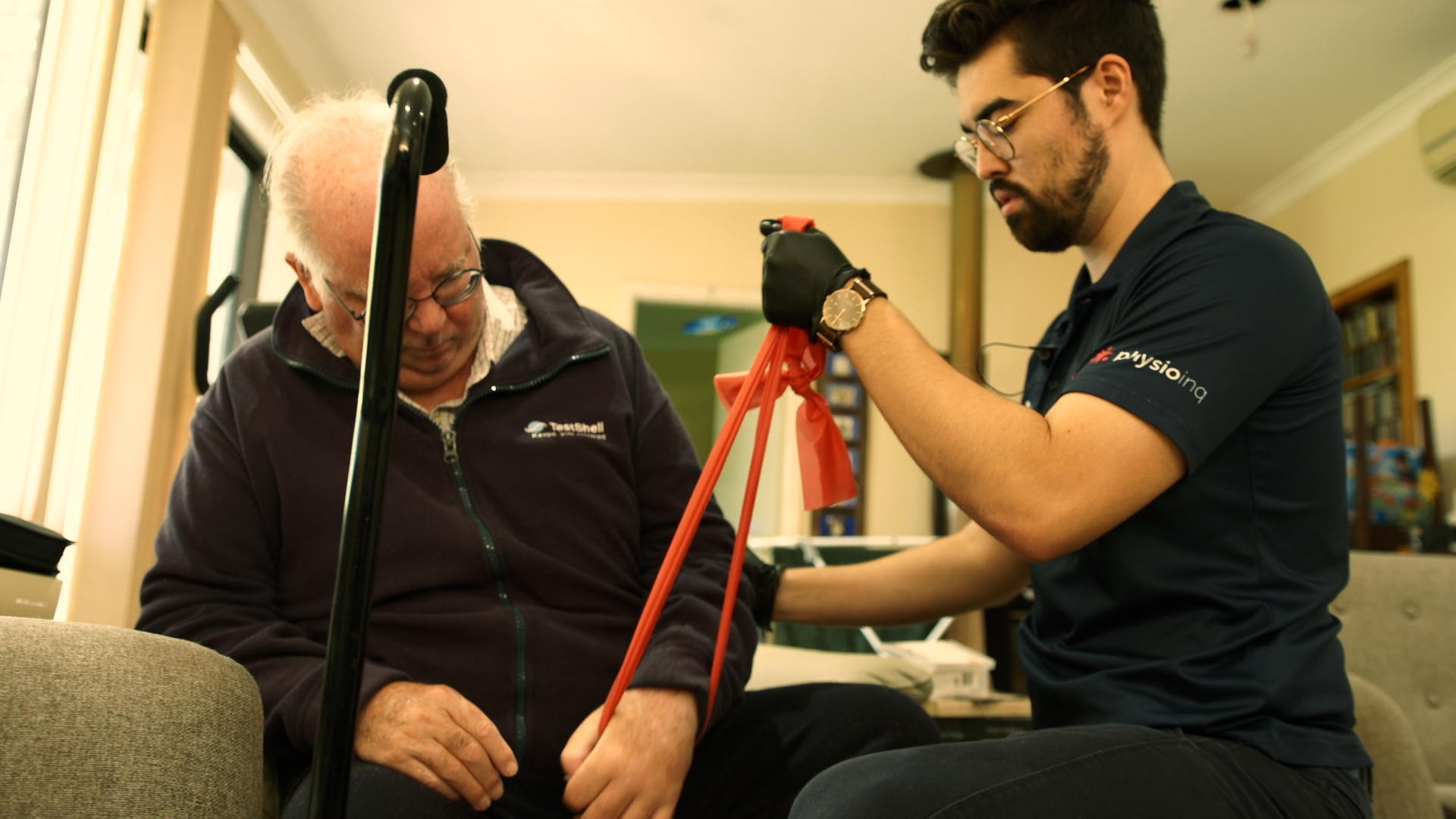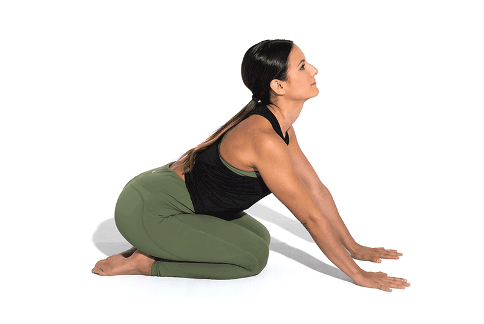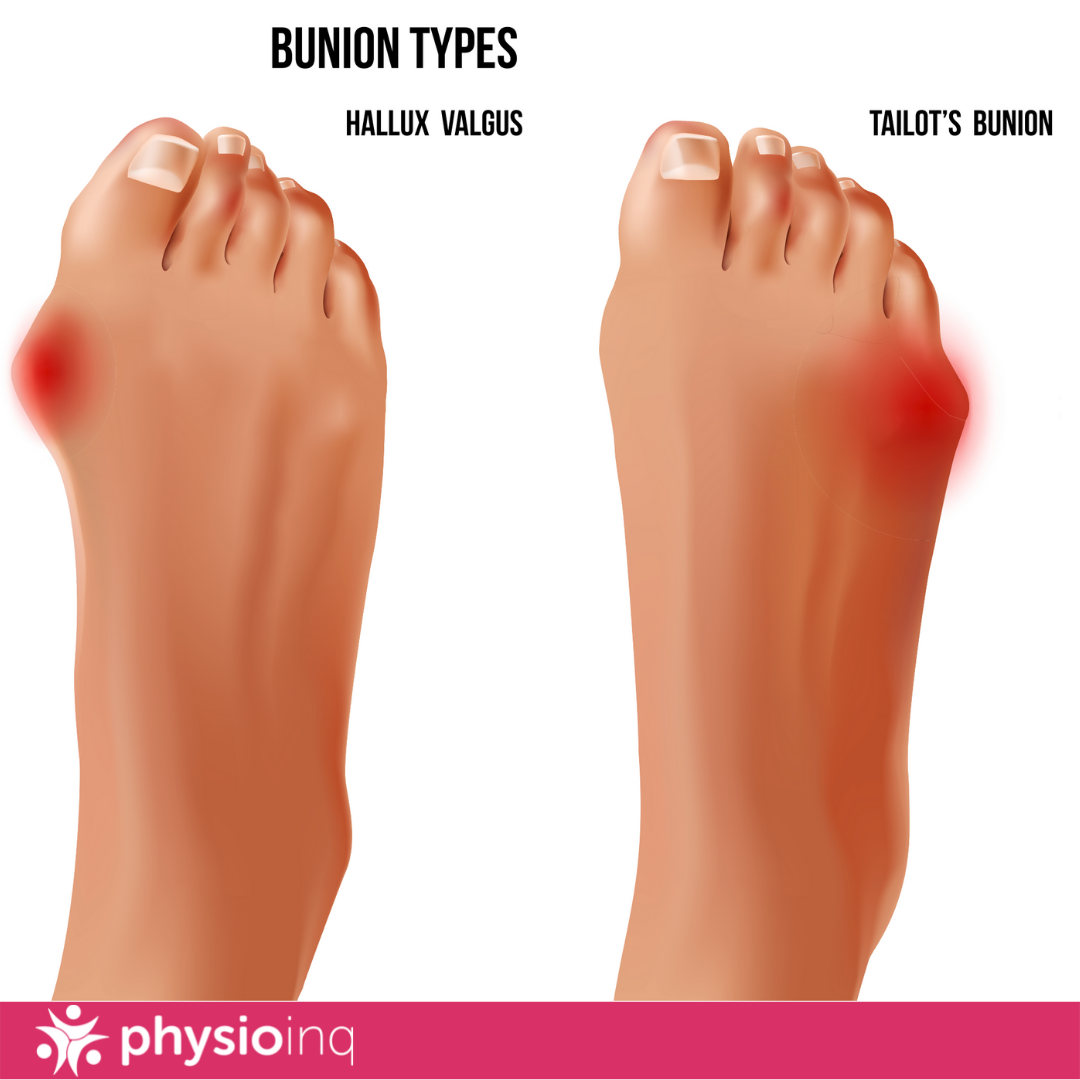Make an Appointment
Let’s begin by defining a few terms. Arthritis is an umbrella term that describes the inflammation of joints. Osteoarthritis is also known as degenerative joint disease. So, in simple terms, there is no difference between osteoarthritis and degenerative arthritis.
However, there is another form of arthritis called rheumatoid arthritis. Although osteoarthritis and rheumatoid arthritis are both forms of arthritis characterised by similar symptoms, the main difference between them is what causes these symptoms.
Here, we’re clearly defining osteoarthritis (or degenerative arthritis) and rheumatoid arthritis, the similarities and differences between them, and how you can treat both osteoarthritis and rheumatoid arthritis.
What is osteoarthritis?
Osteoarthritis, or degenerative joint disease, is the most common form of arthritis. It’s caused by wear and tear which is why it’s commonly associated with the older population. Osteoarthritis usually develops slowly over time as the cartilage between joints gradually breaks down.
Some symptoms of osteoarthritis include tender, achy joints, swelling of the joints, cracking noises coming from your joints as they move, and impaired joint function. Additionally, since osteoarthritis is caused by wear and tear, it often affects some joints more than the other.
For example, we tend to favour one side of our body over the other. For example, right-handed people might experience more osteoarthritis-related joint pain in the right hand than the left. This can occur for many joints throughout the body.
Additionally, since osteoarthritis is caused by wear and tear, our most commonly used joints such as our hips, knees, back, neck, and fingers are often the first joints to feel the effects.
Risk factors for osteoarthritis include:
- Old age
- Overuse of a specific joint
- Obesity or being overweight
- Joint deformities
- Diabetes
- Gout
- Previous traumatic injuries to your joints
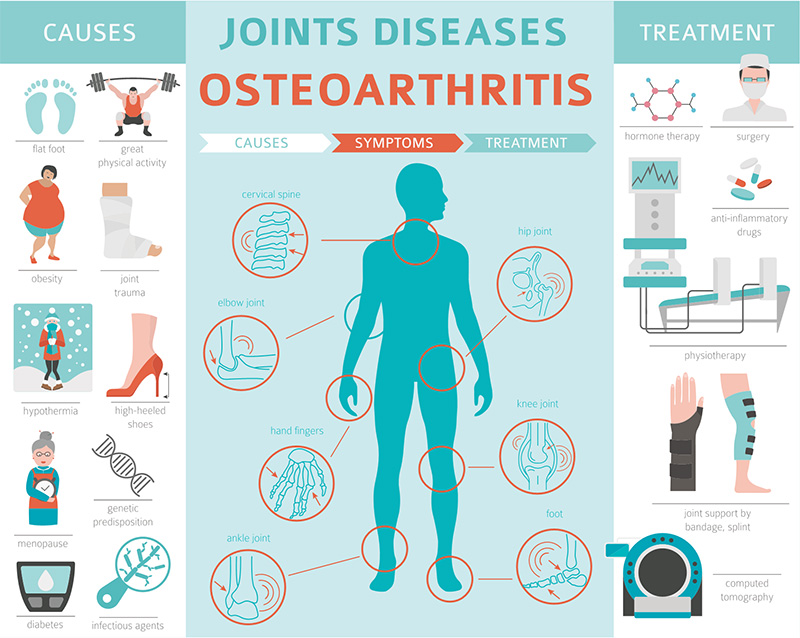
What is rheumatoid arthritis?
As opposed to osteoarthritis, rheumatoid arthritis affects far fewer people than osteoarthritis - only about one-tenth as many. Rheumatoid arthritis has nothing to do with age and is instead due to an autoimmune disease that causes a degeneration of the joints. The body’s immune system attacks the tissue of its own joints causing extreme pain and discomfort.
Another characteristic of rheumatoid arthritis that’s different from osteoarthritis is that its onset can be rapid, coming on over a period of weeks or months.
Some symptoms of rheumatoid arthritis include extremely stiff, painful, swollen joints. Many who suffer from rheumatoid arthritis also experience extreme fatigue, a poor appetite, lumps called rheumatoid nodules that appear under the skin, and they often feel ill much of the time. These additional symptoms aren’t apparent in osteoarthritis.
Since rheumatoid arthritis, again, isn’t related to wear and tear, it affects almost every joint in your body, no matter which side, large or small, regardless of how often it’s used. However, the onset of rheumatoid arthritis often begins in the smaller joints such as your finger joints.
Plus, rheumatoid arthritis can run in families and be passed down genetically from parent to child, whereas osteoarthritis cannot.
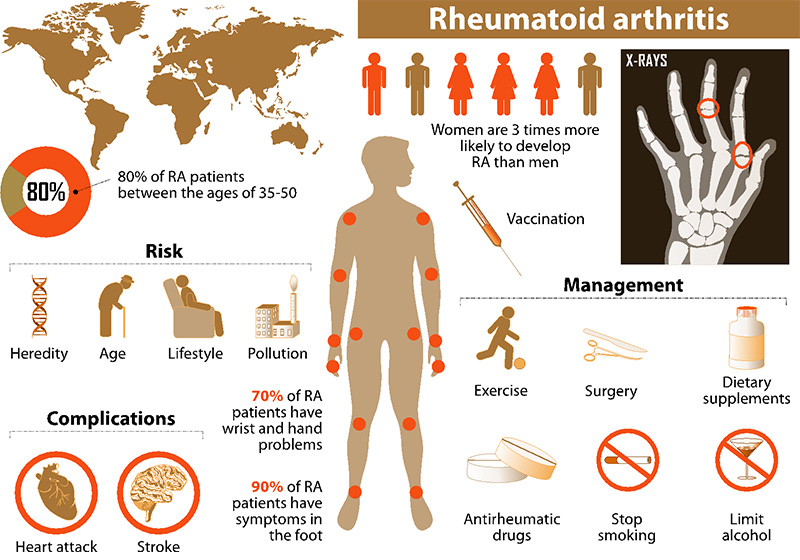
Similarities Between Osteoarthritis and Rheumatoid Arthritis
As you can see, there are many differences between osteoarthritis (degenerative arthritis) and rheumatoid arthritis. However, there are some similarities, too.
First of all, both osteoarthritis and rheumatoid arthritis are more prevalent in females than males. Both forms of arthritis are also more common in older populations but rheumatoid arthritis, as we mentioned, can develop at any age.
The basic symptoms of osteoarthritis and rheumatoid arthritis are also generally the same. Both patients will suffer from sore, stiff joints, warmth or tenderness in the affected areas, and increased sensitivity to their symptoms in the morning.
However, it seems that rheumatoid arthritis is a much more serious condition that can have additional effects such as chronic fatigue and low-grade fevers.
Treatment of Osteoarthritis and Rheumatoid Arthritis
The good news is, there are some ways to treat both osteoarthritis and rheumatoid arthritis. But, with that being said, there’s no cure for either type of arthritis and joint damage is irreversible. Instead, the treatment of both osteoarthritis and rheumatoid arthritis focuses on:
- Reducing pain in your joints
- Improving the function of your joints
- Minimising further damage to your joints
Generally, anti-inflammatory medications and corticosteroids are used to help deal with the inflammation of your joints caused by arthritis. These should also help with the pain associated with both osteoarthritis and rheumatoid arthritis.
When it comes to osteoarthritis, other pain-relieving treatments are often used such as:
- Pain-reducing creams
- Non-steroidal anti-inflammatory drugs
- Pain-relievers like acetaminophen
- Anti-depressants
As always, speak to your doctor before using any medications to treat your osteoarthritis.
Since rheumatoid arthritis is an autoimmune disease, drugs that suppress your immune system can help with treatment. However, these treatment plans come with many caveats and require personalised care. Be sure to speak with your medical doctor about treating your rheumatoid arthritis.
How Physiotherapy Can Help Treat Arthritis
Physiotherapy can also help with the treatment of osteoarthritis and rheumatoid arthritis, mainly by helping patients practice healthy exercise habits to lose excess weight.
As we previously mentioned, obesity and being overweight are risk factors for the onset of osteoarthritis. But it also negatively affects the symptoms of rheumatoid arthritis as well. Carrying excess weight puts a lot of unnecessary pressure on your joints. So, working to lose that weight helps with pain management and preserves your joints.
Still, even if you don’t have any excess weight to lose, exercising not only strengthens your muscles but strengthens your bones as well. Long story short, creating a regular habit of working out helps your body to support itself, taking a lot of pressure out of your joints.
Physiotherapists can also work with you to improve posture, improve the ergonomics of your home and office, and can help you resolve any habitual patterns that may be causing undue harm to particular joints.
In short, working with a physiotherapist can do wonders for both preventing osteoarthritis, but also to treating both osteoarthritis and rheumatoid arthritis.
Interested in working with one of our physiotherapists to reduce joint pain, strengthen your body, and even prevent arthritis as much as possible?
Book a consultation and let our mobile services come to you OR alternatively find your local Physio Inq clinic. Arthritis is a painful condition that affects every aspect of your daily life. We’d love to help you toward a more pain-free life. Call Physio Inq today!
Date Published: Tuesday, June 16, 2020
Locate a Mobile Physiotherapy
Service Near me
Get the experience & convinence you deserve to support your or a loved one's allied health needs.
Our Mobile Physiotherapy team are currently serving & taking appointments in the following states and regions in Australia:
Need to get into direct contact with ur Client Services team? We're all ears. Call our team directly on 1300 731 733

